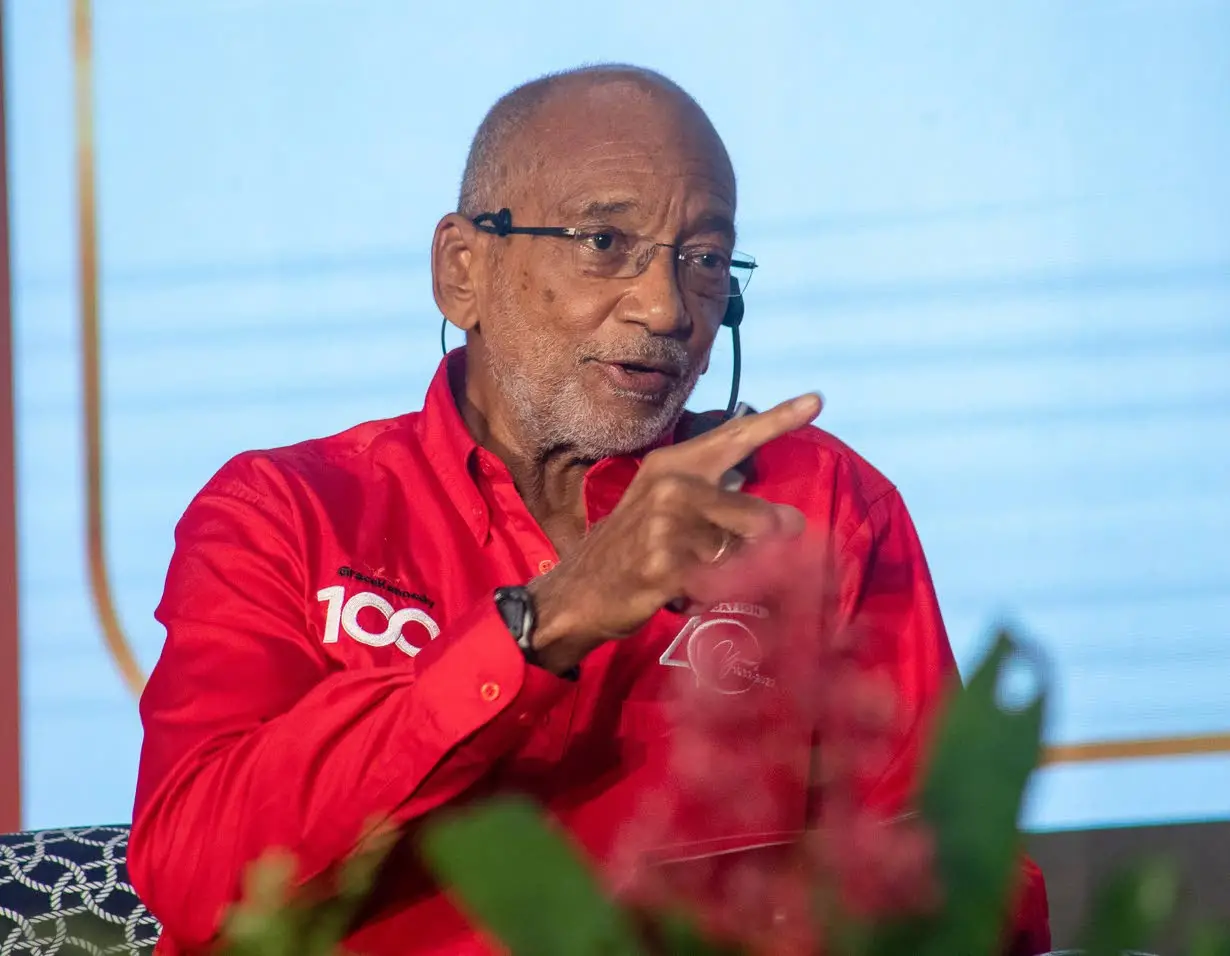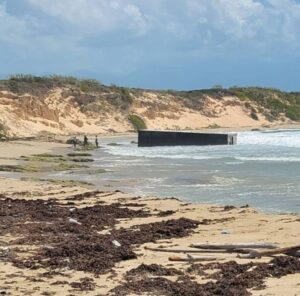
The GraceKennedy phenomenon
According to the World Bank, Jamaica is an upper middle-income country. That nice-sounding, development-speak masks the fact that for many Jamaicans daily life is a hellish hand-to-mouth experience. Yet all will agree there is immense wealth locked up in this tiny country of 4,240 square miles and just under 3 million people.
What will it take to unlock this untapped wealth that has the potential to raise the national standard of living and lift the many poor out of poverty? The answer to the question is complex. It’s like “a riddle wrapped in a mystery inside an enigma”, using a 1939 quote from Winston Churchill in describing the actions of Russia leading to World War II. A useful perspective may be gleaned by comparing the path traversed by an undeniable Jamaican success story from the corporate world, GraceKennedy (GK), with that pursued by Jamaica.
In 2012 Jamaica marked its 50th year of Independence. That same year GK celebrated 90 years since its founding. The late GK director Jimmy Moss-Solomon delivered the 2012 GK Foundation Lecture. Speaking on the theme ‘Jamaica and GraceKennedy – Dreams Converging, Roads Diverging’, Moss-Solomon did a comparative analysis between the development path taken by GK, on the one hand, and the Jamaican State, on the other.
Founded on February 14, 1922 by Fred Kennedy and John Grace, with the modest capital of £25, 000, GK, for the 12-month period ended December 31, 2024, reported revenue of $176 billion, a 7.8 per cent increase over 2023, and profit before tax of $12 billion, representing 8.6 per cent increase compared to the same period the year before. Jamaica, by comparison, has struggled perennially with low growth, averaging just one per cent per year over the last 30 years, and public debt that reached a staggering 145 per cent of gross domestic product (GDP) in 2012, making it arguably the world’s most underperforming economy relative to our God-given assets.
Starting with a similar dream of achieving economic success, the divergence between the two paths is painfully revealing. Taking a single measurement, employee productivity, from 2001 to 2010, GK’s revenue per employee grew by 38 per cent. Over the same period, Jamaica’s real GDP per employed person declined by 9 per cent. For the 30-year period, 1981 to 2011, the malaise in the Jamaican economy continued, with real GDP per employed person in the labour force growing by less than half a per cent for the entire period.
The obvious question was and remains: Why the difference? The GK Foundation Lecture offered a few reasons for underperformance of the Jamaican society and economy when compared to GK. These include the following:
1) Lack of vision; no sense of direction
2) Decisions taken at critical crossroads and in times of crisis were generally designed to maintain the comfortable but ineffective status quo
3) Failure to invest in human and social capital
4) Resistance to change
Moss-Solomon did not say it, but I would add failed leadership. Jamaica suffers from an insufficiency of leadership in managing the affairs of the country; manifested by poor governance, stifling bureaucracy, crumbling infrastructure, corruption, and inadequate investments in the growth sectors.
There is no gainsaying the fact that the political system, and by extension politicians, collectively and with rare exception, has failed to meet the challenge given by the late premier and National Hero Norman Washington Manley in his last public speech to an annual conference of the People’s National Party (PNP). In addressing leaders who would follow him, he said the mission of his generation was to win self-government and political power for Jamaica, but the mission of this generation is “reconstructing the social and economic society and life of Jamaica”.
The picture of Douglas Orane, at the end of his tenure, handing the leadership baton to Don Wehby and Don Wehby handing it to his successor, Frank James, epitomises excellence and continuity in leadership. I doubt there is a present or potential investor who believes GK will miss a beat in its forward march.
Over the last PNP and current Jamaica Labour Party (JLP) administrations there have been signs of a change in the tide of the economic affairs of the country. In the run-up to the next general election the leadership of both parties have announced a pivot towards productivity and inclusive growth.
Running a country is not the same as running a company. But in the age of globalisation, when countries must compete as companies do, there is a lot our political leaders can learn from GK and other companies like it that have succeeded in the midst of adversity. “so that Jamaica may, under God, increase in beauty, fellowship, and prosperity, and play her part in advancing the welfare of the whole human race”.
At the just-concluded ISSA/GraceKennedy Boys’ and Girls’ Athletics Championships held over five days inside National Stadium, we experienced what living that line from the national pledge could look and feel like. It should inspire our national leaders, and all of us, to work towards making this the reality for the entire Jamaican economy and society.
Dr Henley Morgan is founder and executive chairman of the Trench Town-based Social Enterprise, Agency for Inner-city Renewal and author of My Trench Town Journey — Lessons in Social Entrepreneurship and Community Transformation for Development Leaders, Policy Makers, Academics and Practitioners. Send comments to Jamaica Observer or hmorgan@cwjamaica.com.



























